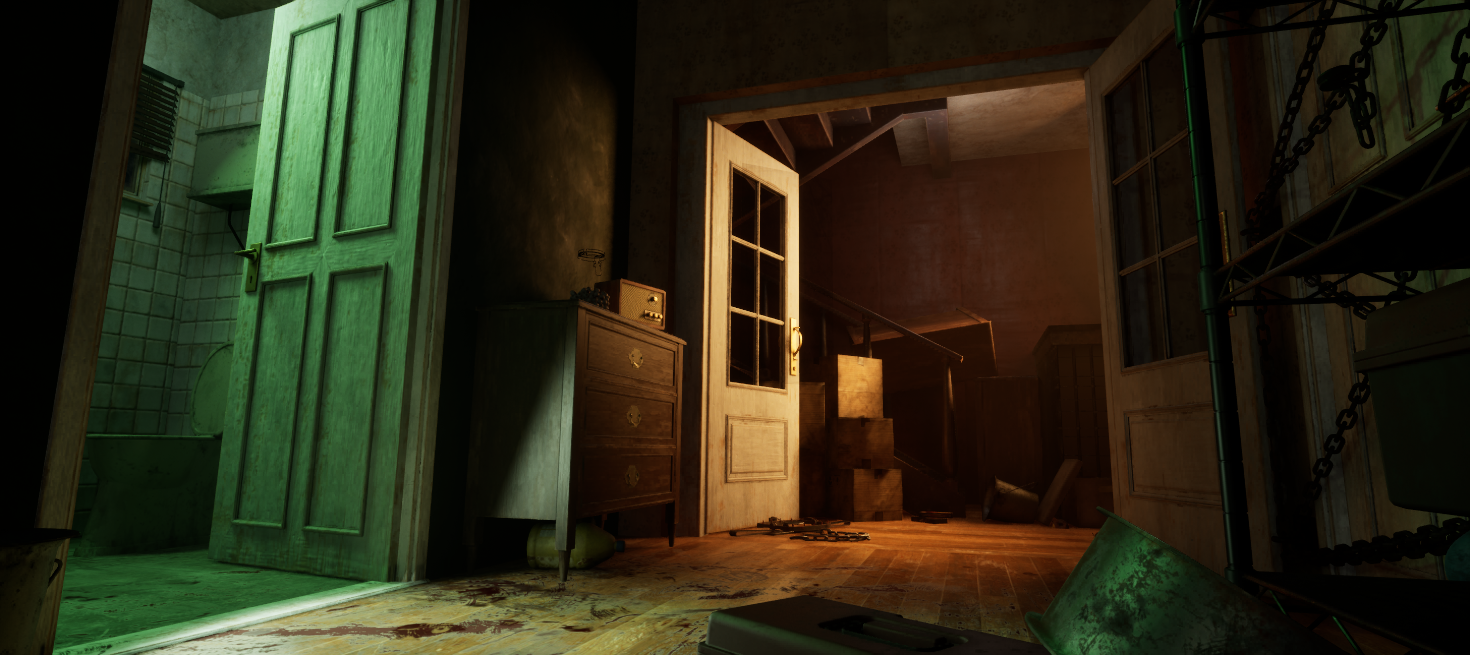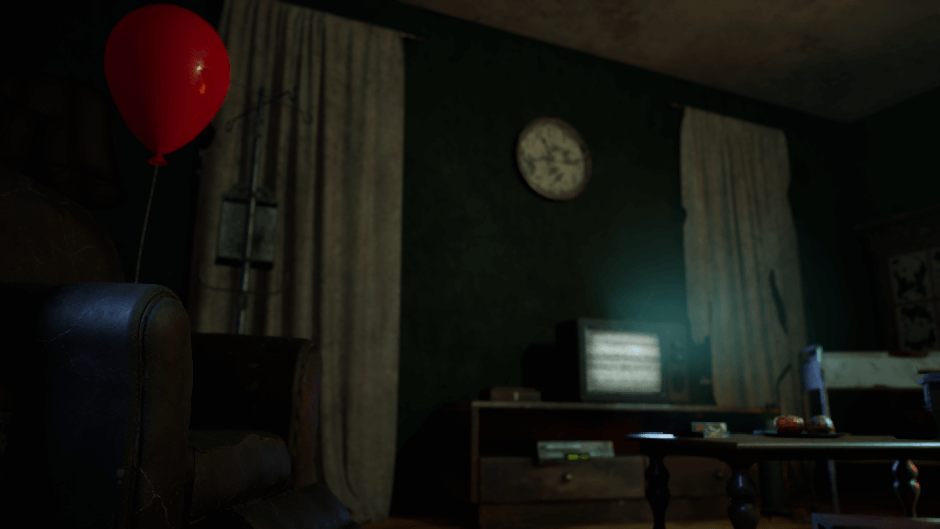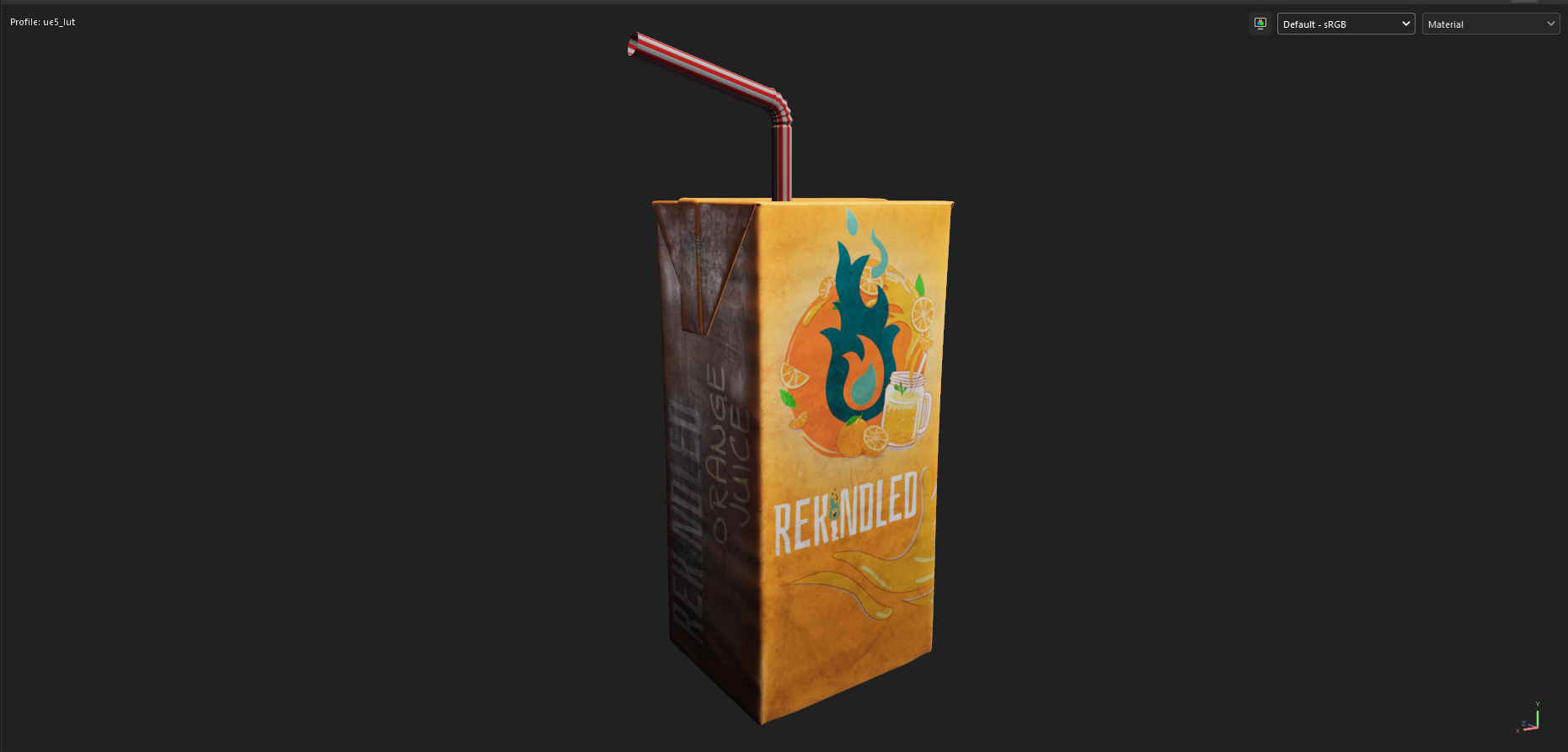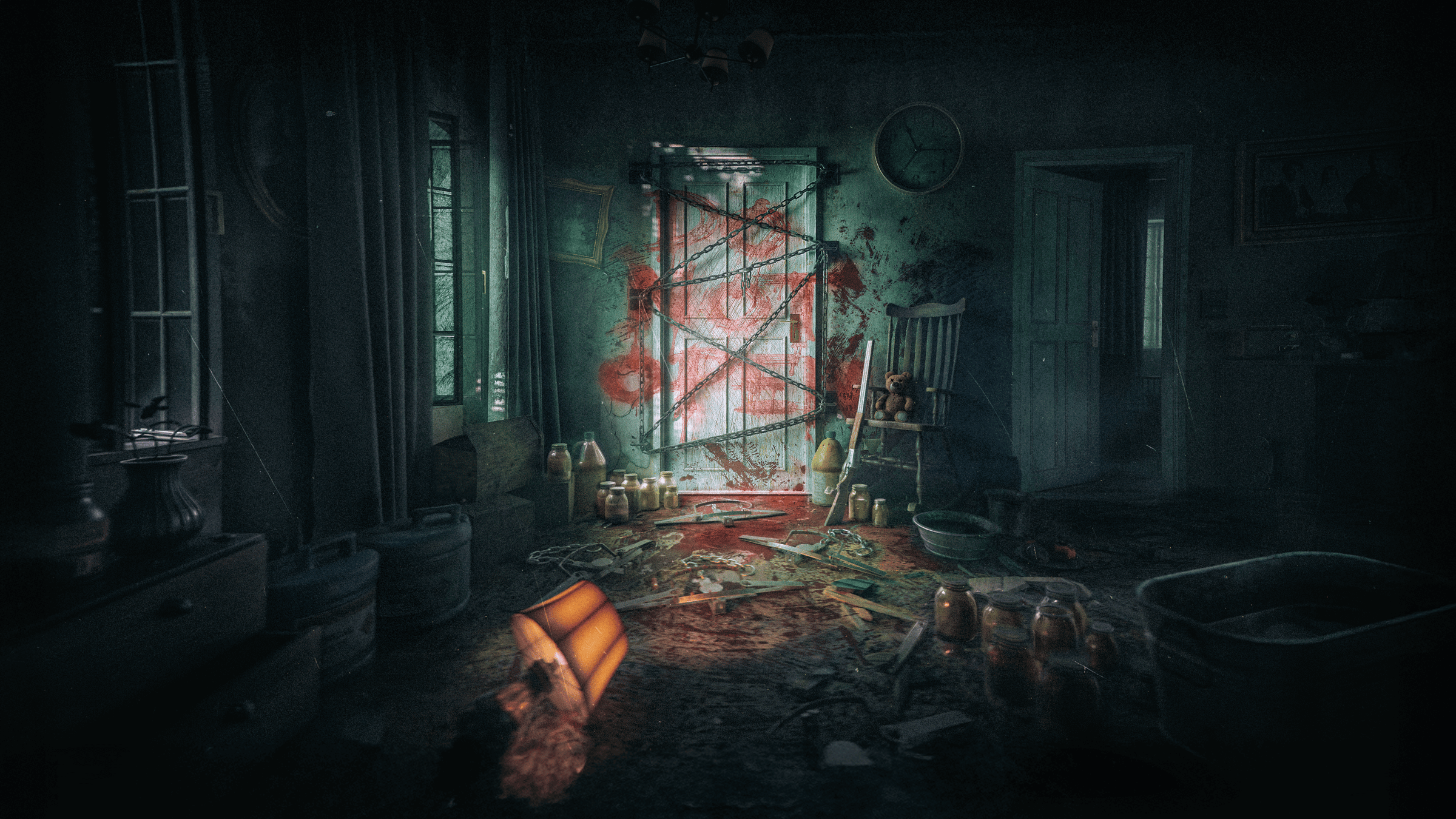When it comes to creating horror, atmosphere is everything, and few studios know that better than Rekindled, a boutique animation team known for its character work and cinematic storytelling.
This Halloween, Rekindled set out to build something truly spine-chilling: a short cinematic that captures the chaos of a zombie invasion. To bring their vision to life on a tight timeline, the team turned to KitBash3D’s House of Horror Kit, using it as the haunted backdrop for their custom-built undead characters and destruction-heavy sequences.
What started as a simple idea (zombies invade a house) quickly evolved into a full production challenge that blended technical animation, detailed character work, and cinematic worldbuilding. Here’s a look at how Rekindled brought their horror world to life, step by step.
Building the World
Leveraging the living room setup in the House of Horror Kit, Yogi and the Rekindled team began constructing a stage for their terrifying story. Using props like rotten fruit, jars full of unrecognizable slime, and haunting black-and-white photographs, they built a space that felt lived in and long since left to decay.
Setting the mood went beyond just dressing the room. The team pulled in select elements from the Americana Kit, like a lone red balloon (a chilling nod to IT), to heighten the sense of eeriness and nostalgia.
By starting with a cohesive set of 3D assets, Rekindled could focus less on modeling and more on the heart of their craft: the story and animation.
"Using the House of Horror Kit from KitBash3D was incredibly easy and gave our artists a great deal of freedom. We were able to author the room layout how we envisioned and quickly prototype different setups. All the assets we used were top-tier quality and would fit into any AAA pipeline." - Rob Moody, Founder at Rekindled
Breaking Through
Every good horror story needs a moment of chaos, and for Rekindled, that moment came when the mega zombie, the team’s towering zombie, bursts through a wall in the living room.
Before they could animate the destruction, the team had to plan it: which wall would give way, what direction the debris would fly, and how the shot would reveal the creature. To ground the moment in story, they hinted at the monster’s backstory through props like chains, meat hooks, and a blood-stained bed, suggesting that the mega zombie had been locked away, waiting to escape.
This mix of environmental storytelling and physical simulation helped transform a simple action beat into a cinematic reveal.
Bringing the Zombies to Life
Rekindled’s specialty has always been character art and animation, and their zombies were no exception. The team began by sculpting the creatures’ faces in Zbrush, layering on facial maps to define every wrinkle, scar, and sunken eye.
Once the models were finalized, they moved into animation, starting with blocking passes to choreograph broad movements, then refining each shot with a facial pass to capture snarls, groans, and unsettling head tilts.
As the undead took shape, the team iterated through mid-render tests in Unreal Engine to check skin deformation, lighting interaction, and camera readability, ensuring every movement filt both gruesome and grounded.
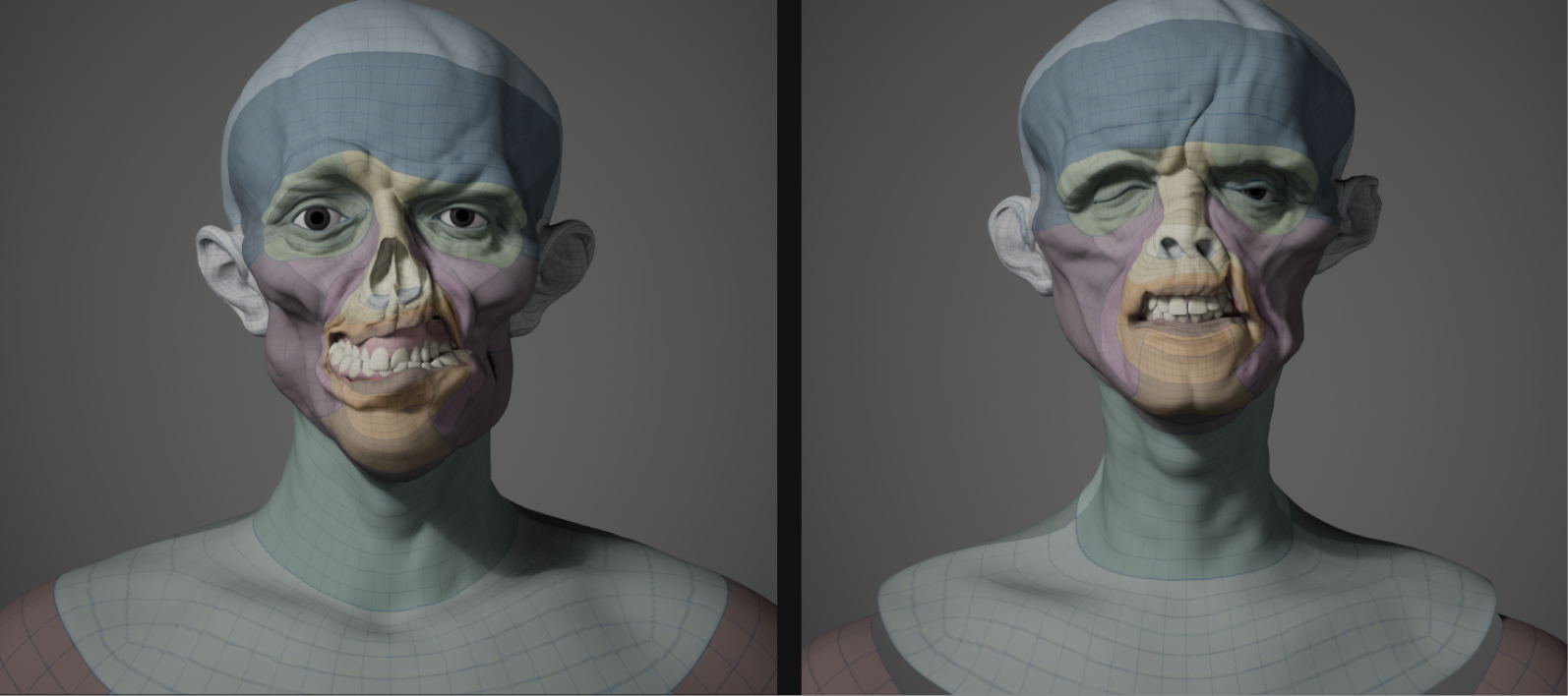
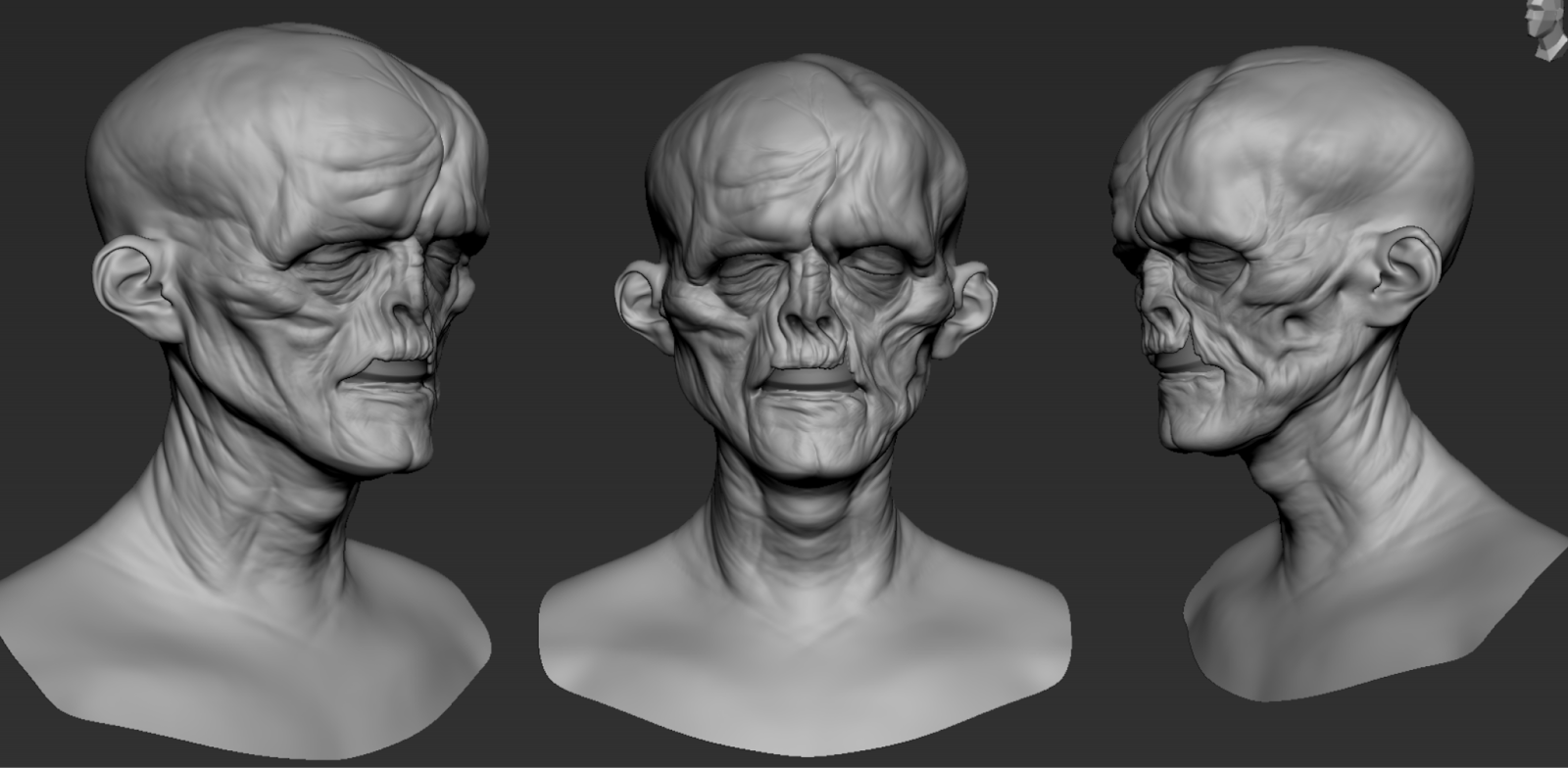
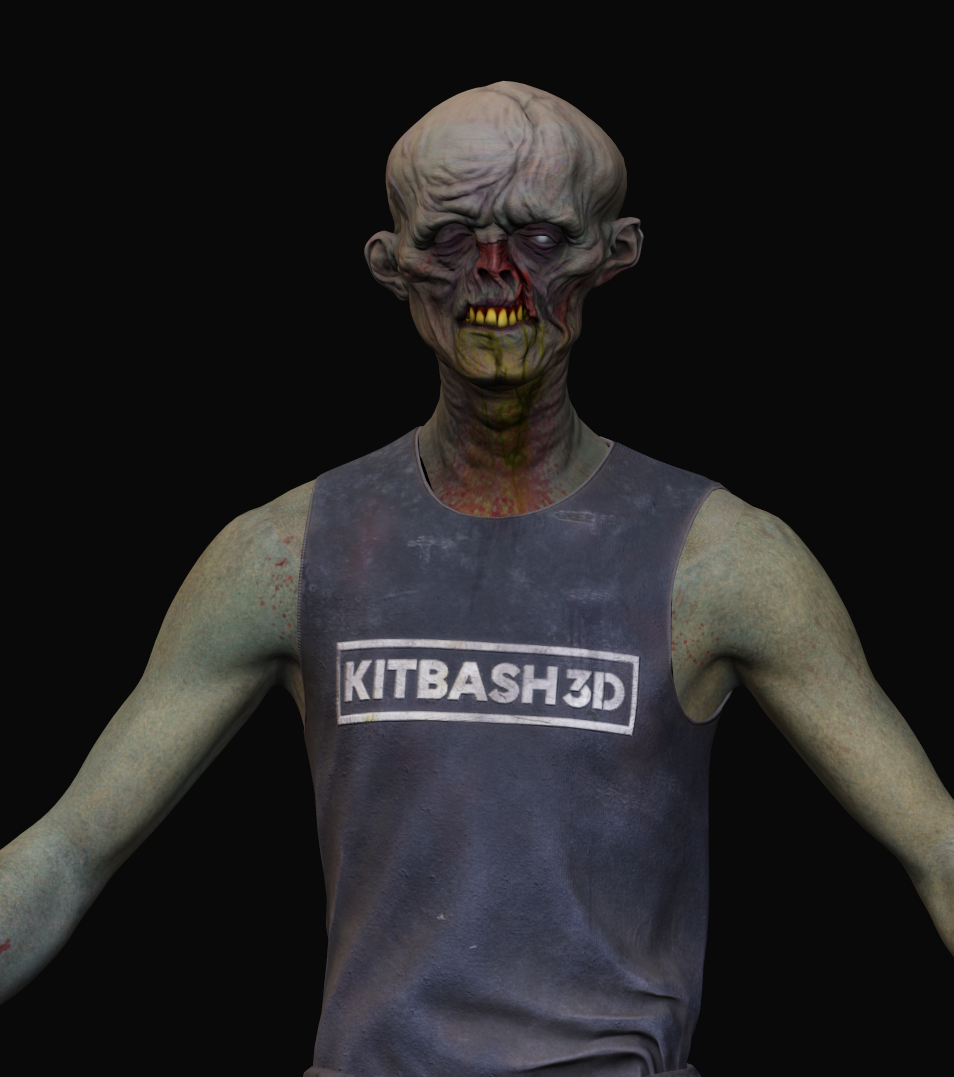
Animating the Attack
With the world built and characters rigged, Rekindled staged the zombie invasion sequence. Using Maya for scene layout and animation, they began by blocking camera angles and timing the chaos of when the first zombie appears, when the hero reacts, and when the mega zombie crashes through.
Once the motion was in place, they refined the layers: secondary movement in clothing and limbs, synced destruction effects, and environmental lighting flickers to sell the tension.
Each iteration pushed the scene closer to that cinematic sweet spot between control and chaos, the moment when everything feels on the edge of collapse.

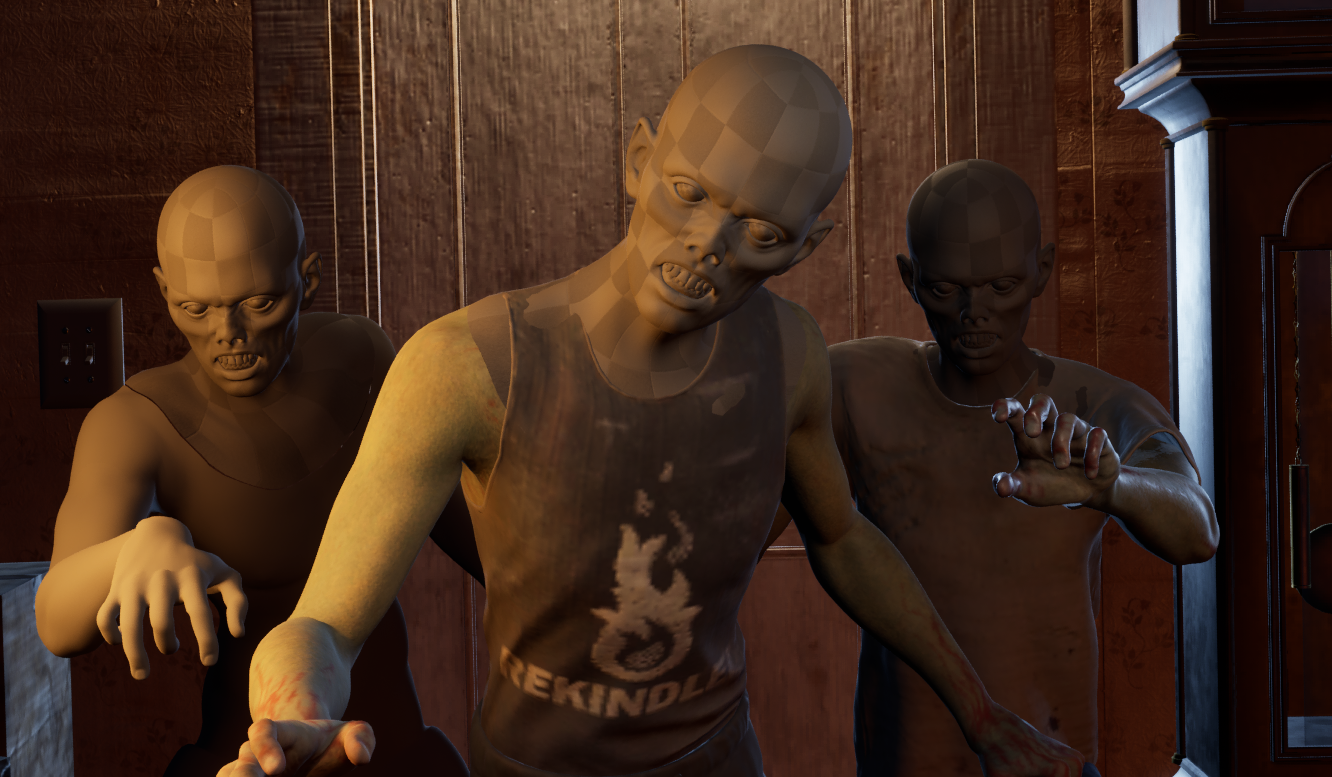

Rendering the Final Cinematic
To finish, the team brought everything together in Unreal Engine, dialing in the final lighting, camera movement, and atmosphere. The team used warm, flickering light contrasted with cold moonlit tones to amplify the unease.
The result is a darkly cinematic horror short full of motion, destruction, and tension. Rekindled’s technical polish shines through every frame, proving how small teams can craft large-scale visuals with the right blend of artistry and tools.
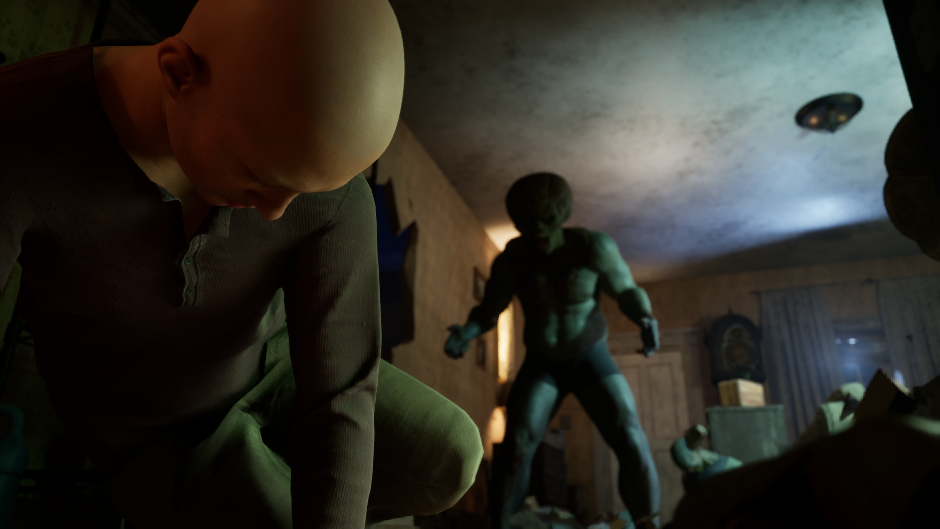
By combining their expertise in animation and character design with the cinematic detail of House of Horror, Rekindled turned a simple idea into a full-fledged Halloween experience. The result is a pulse-pounding short that shows just how fast small teams can produce high-quality, story-driven work when they have the right tools.

